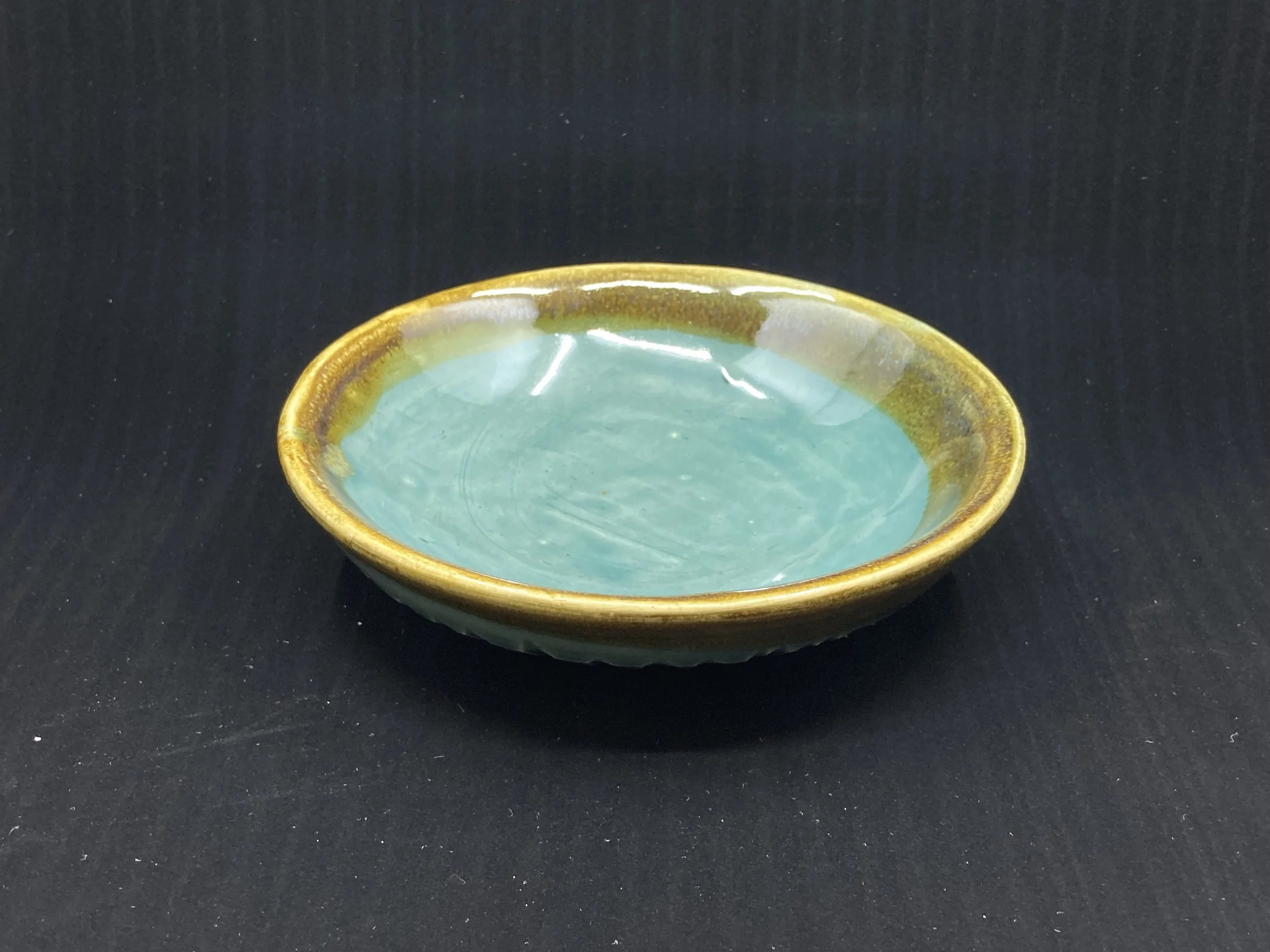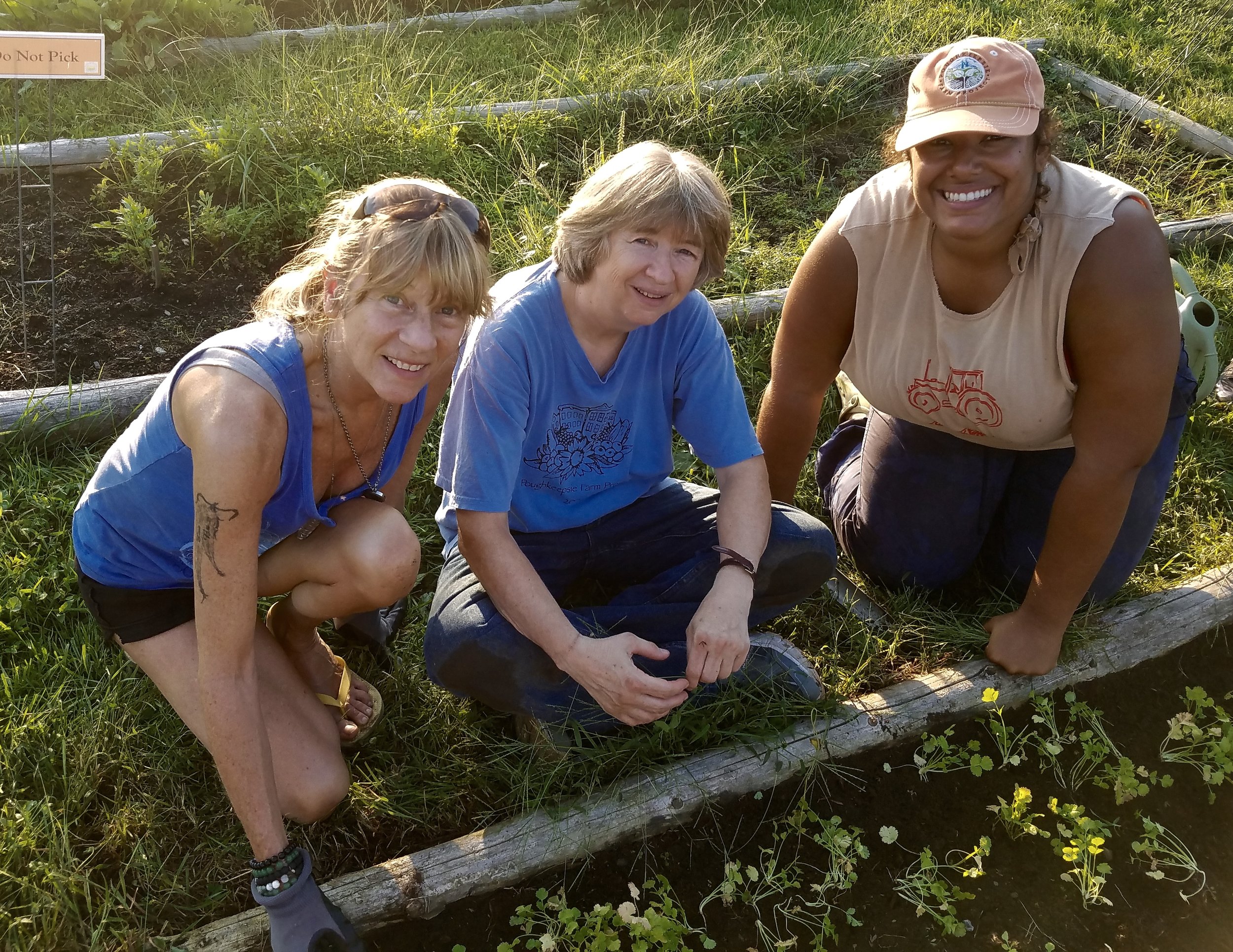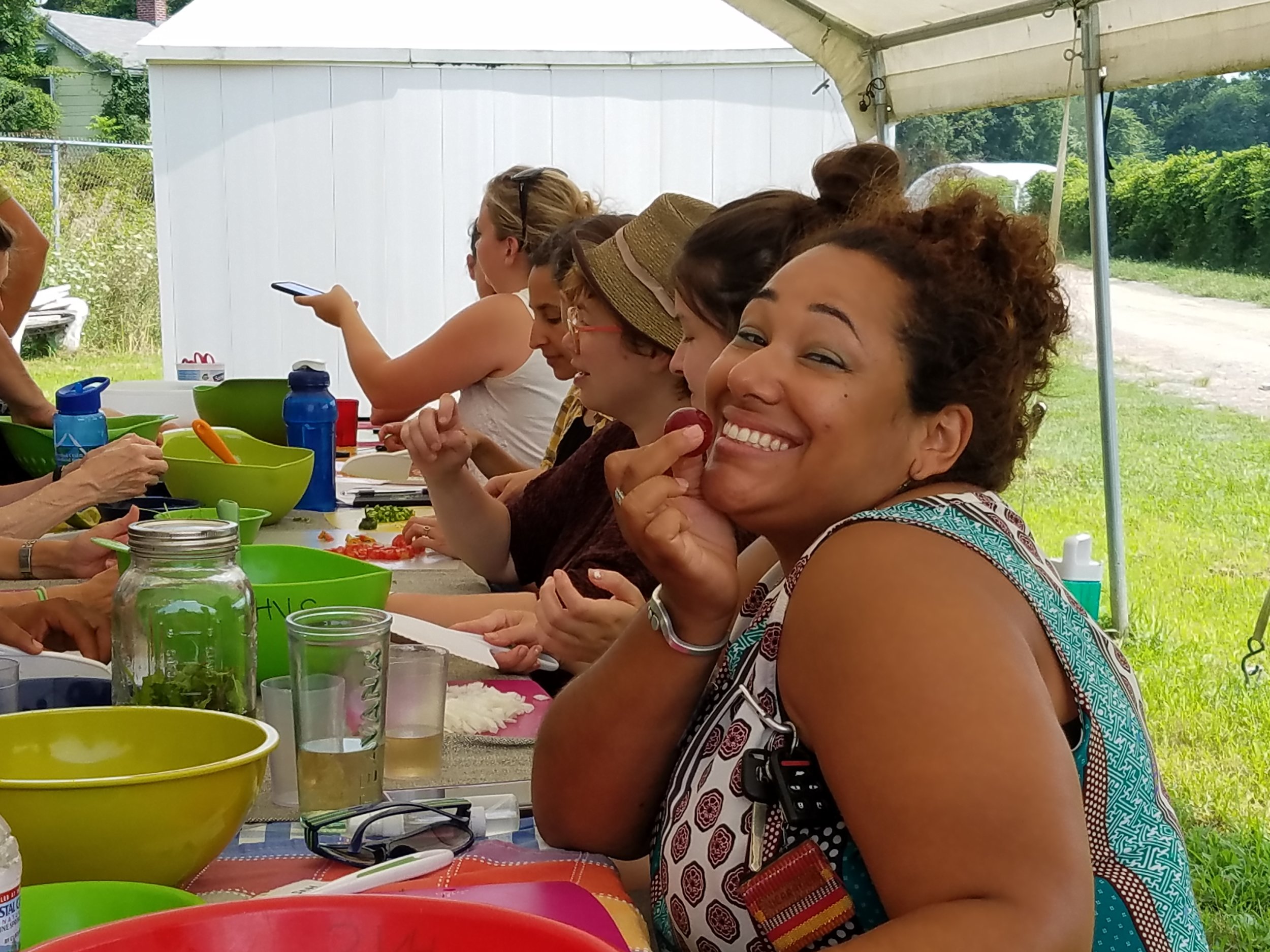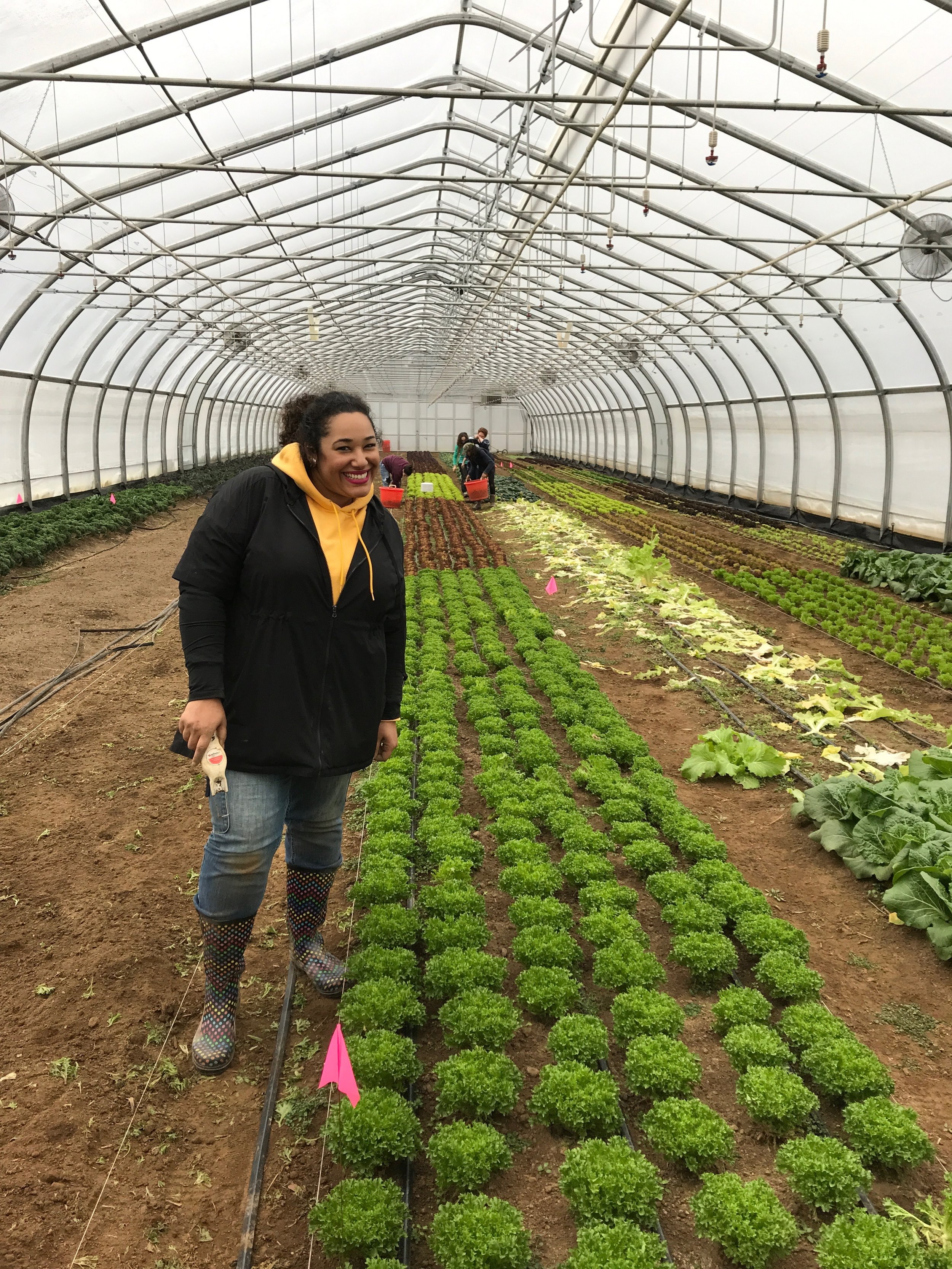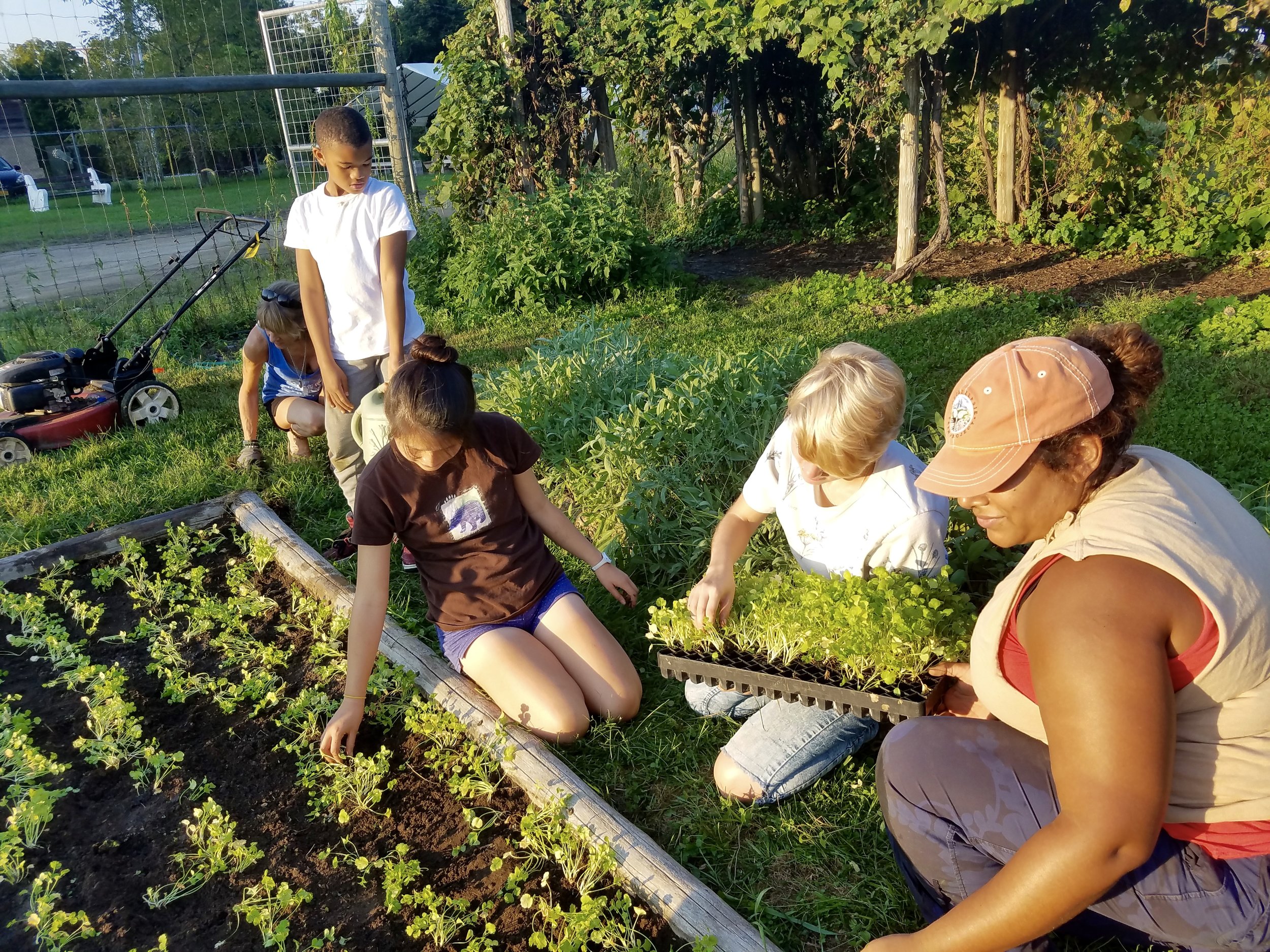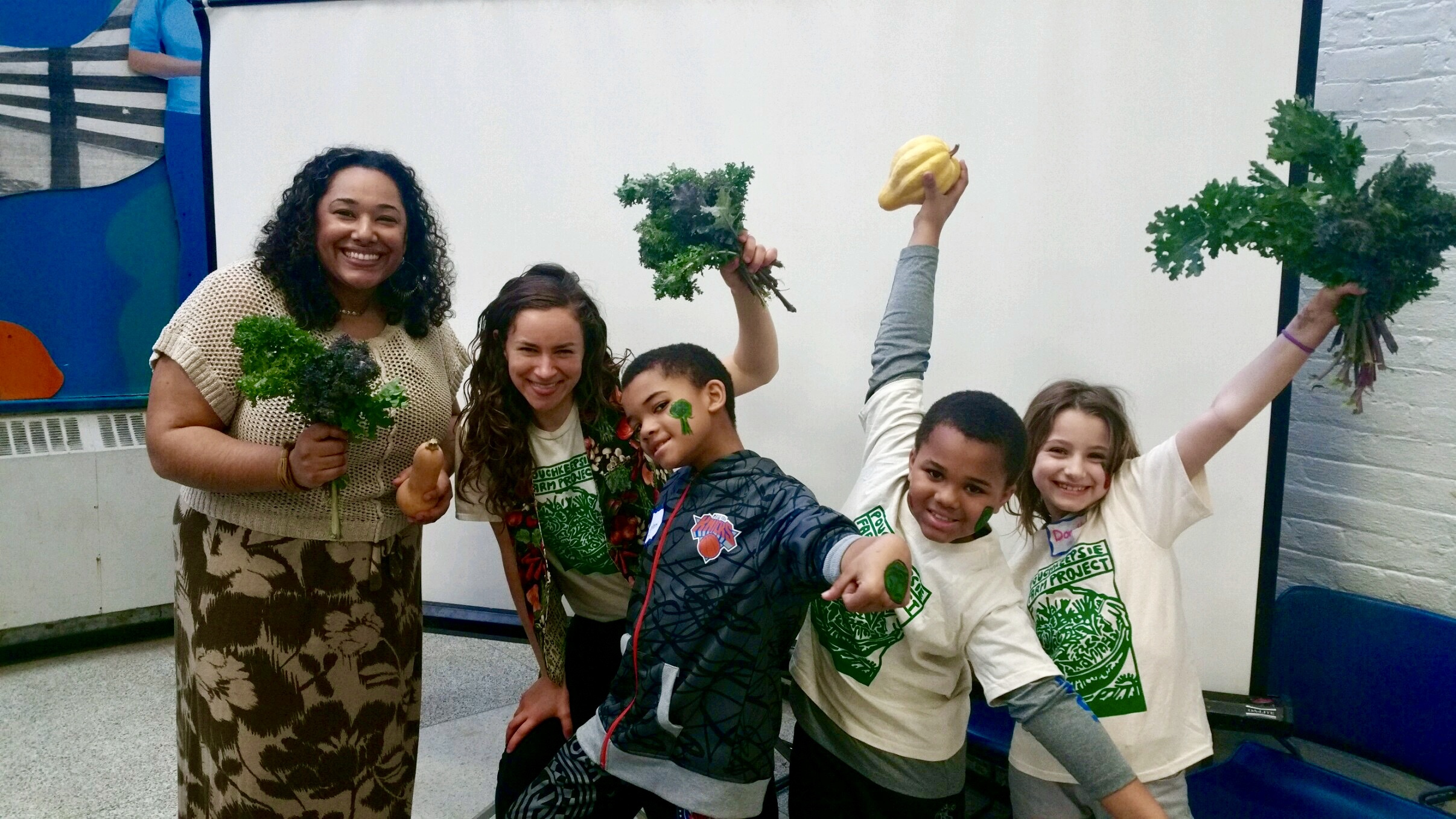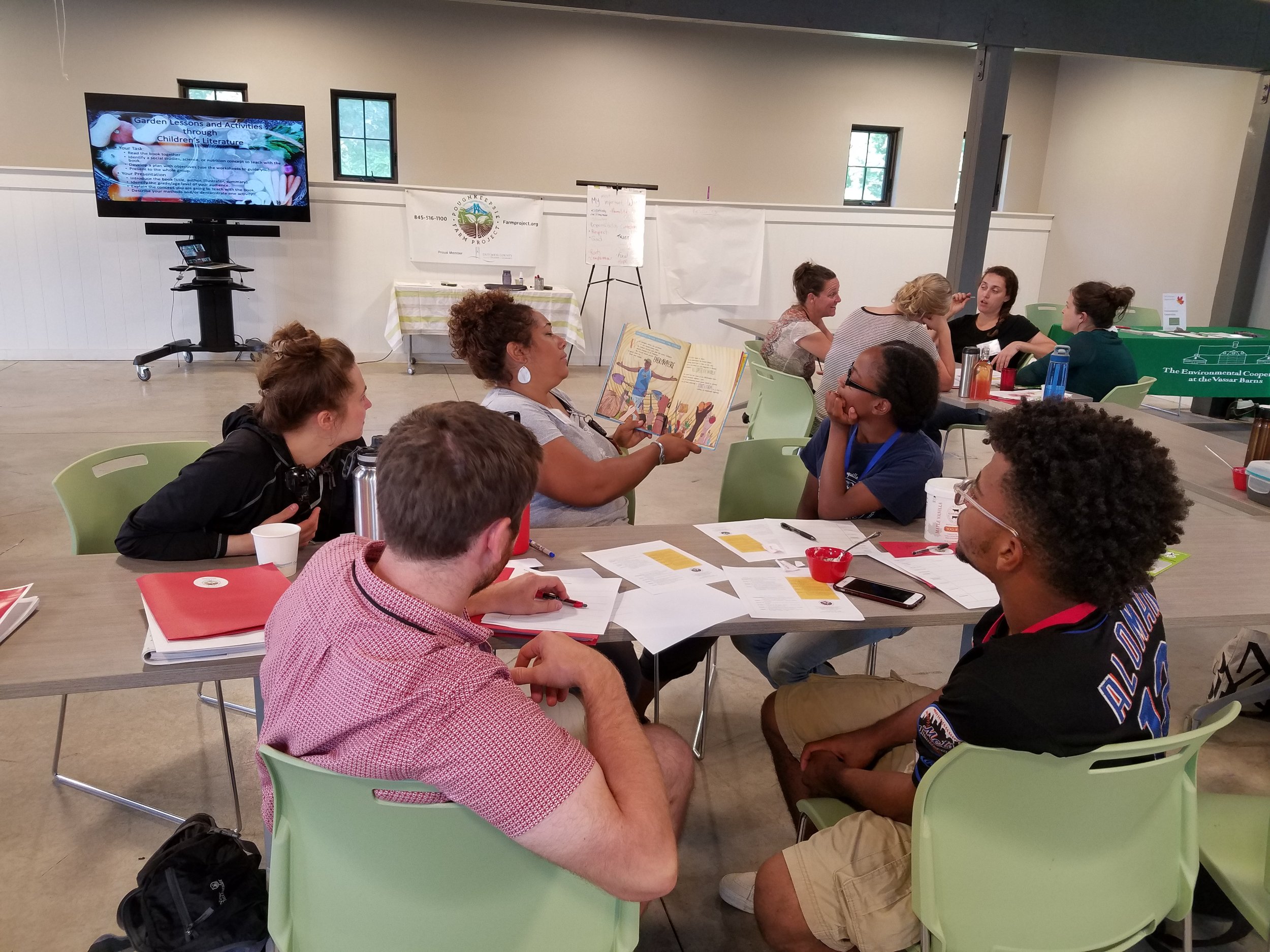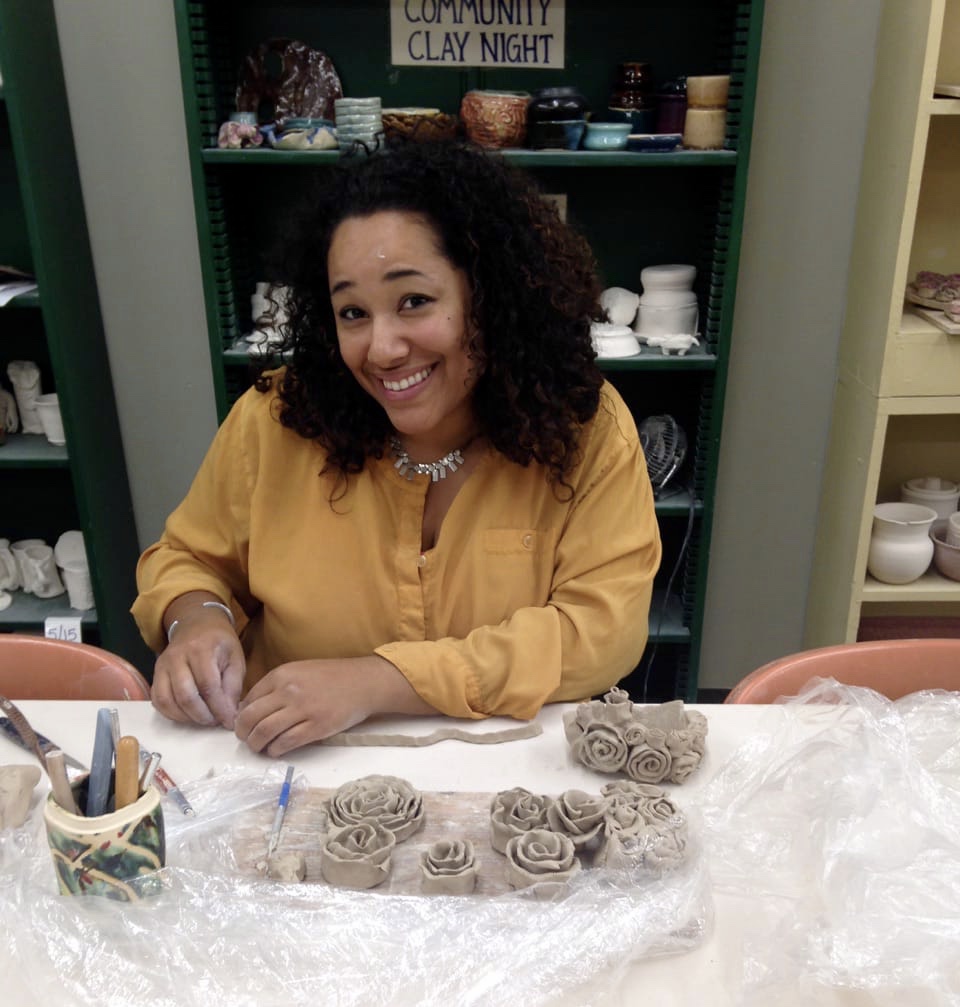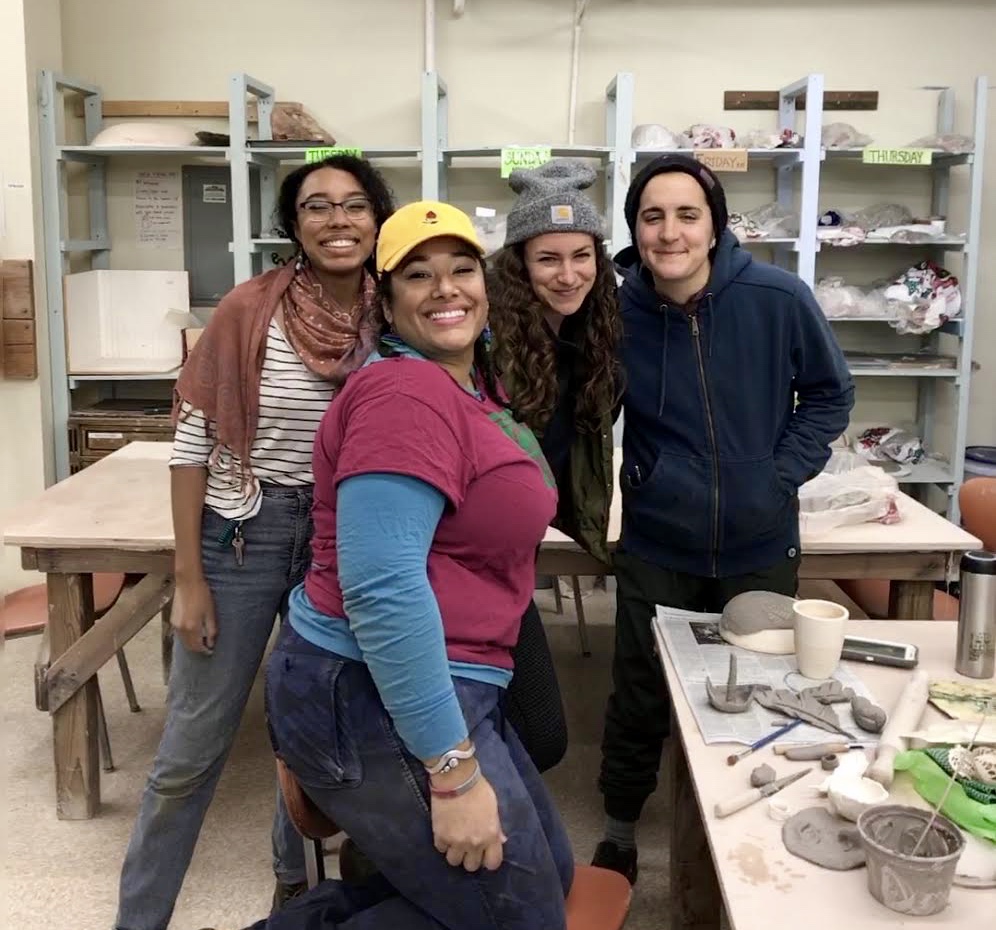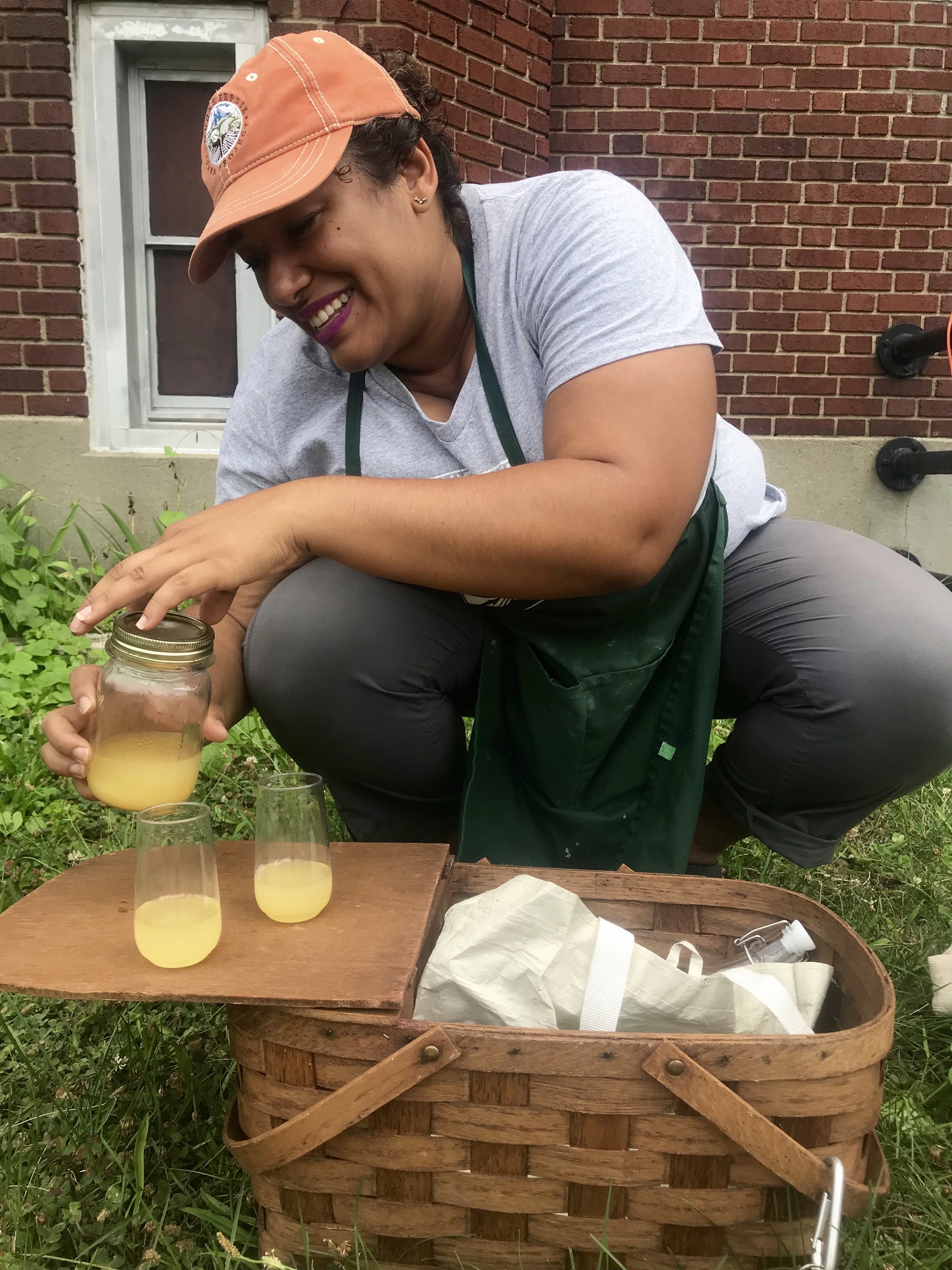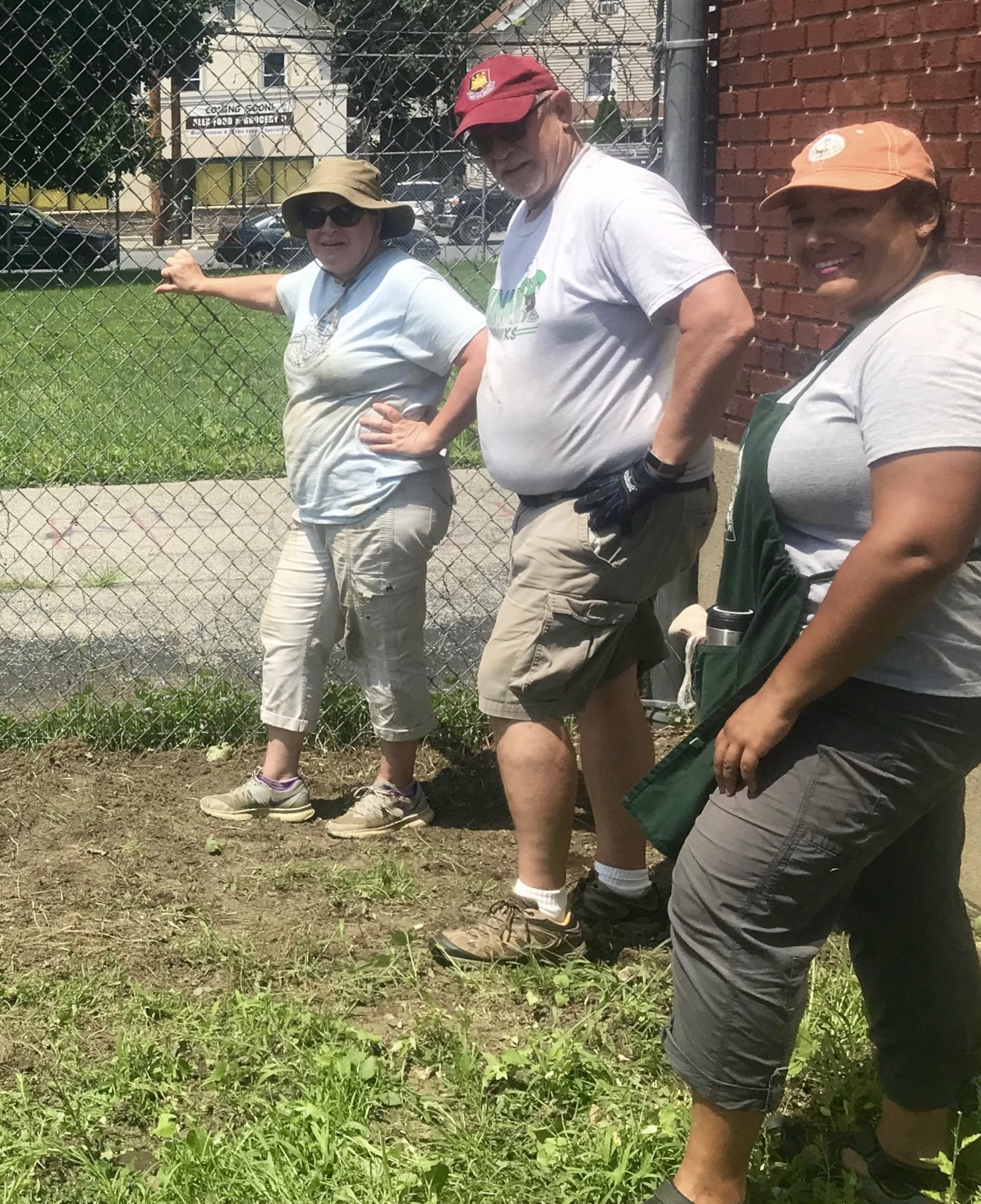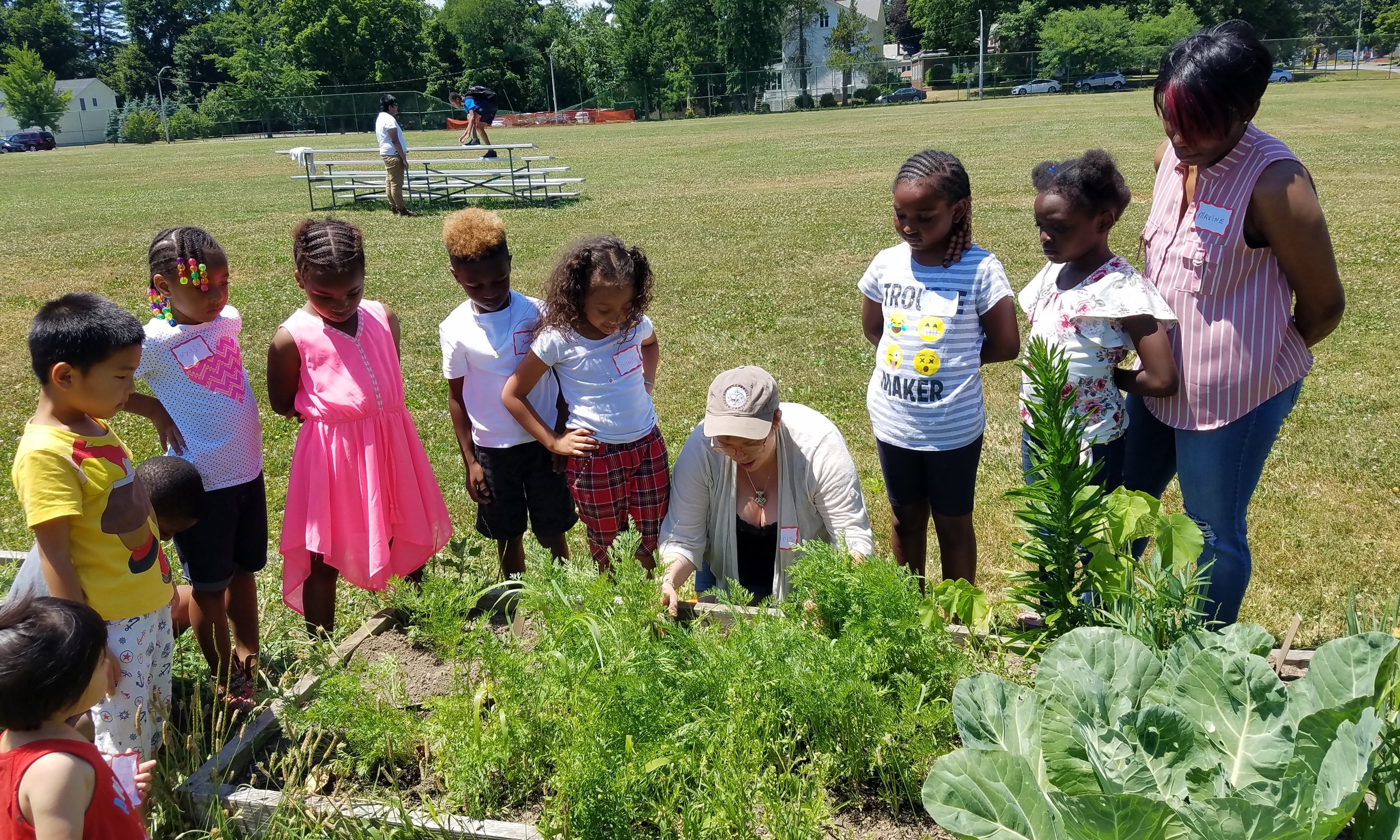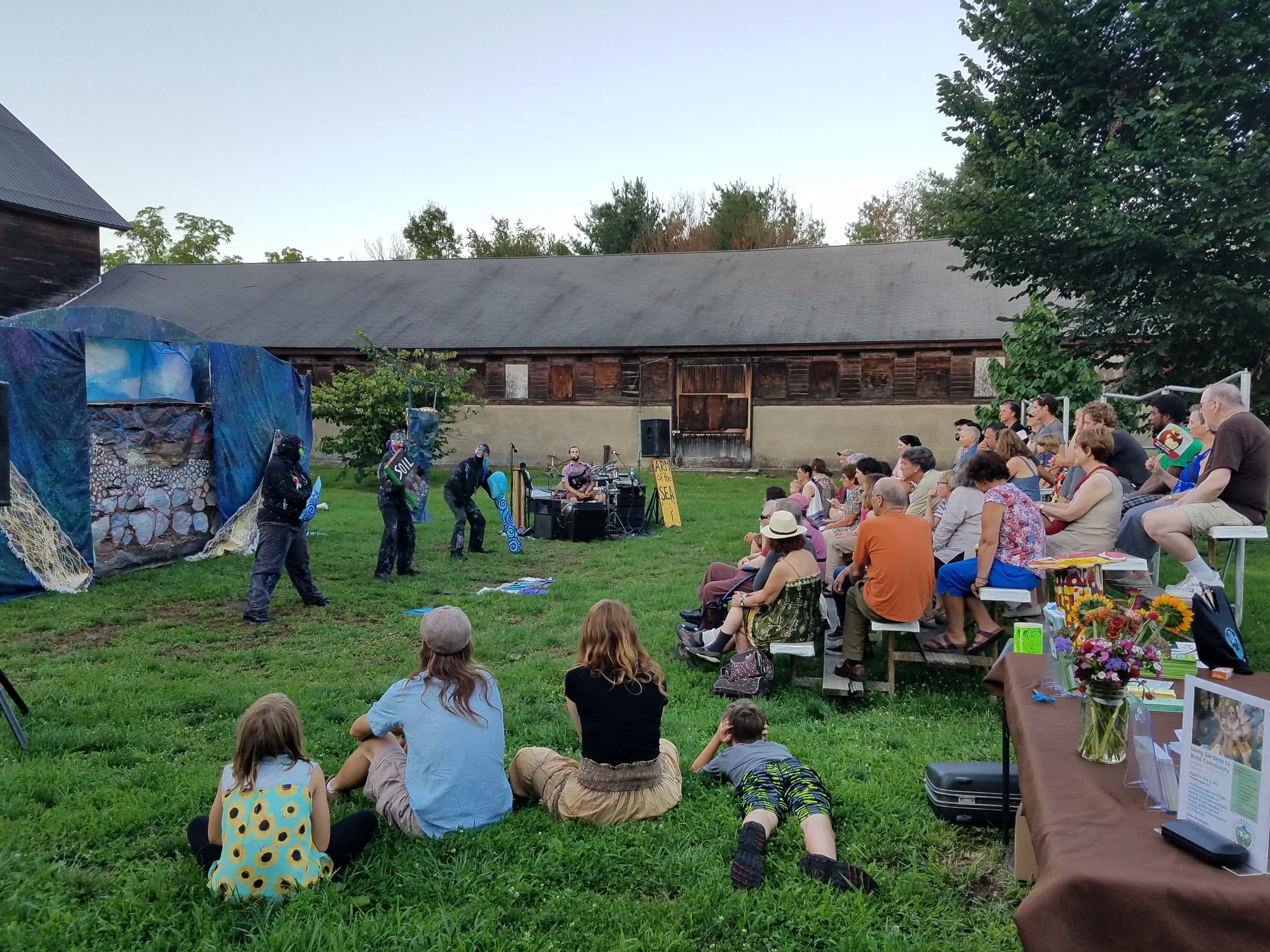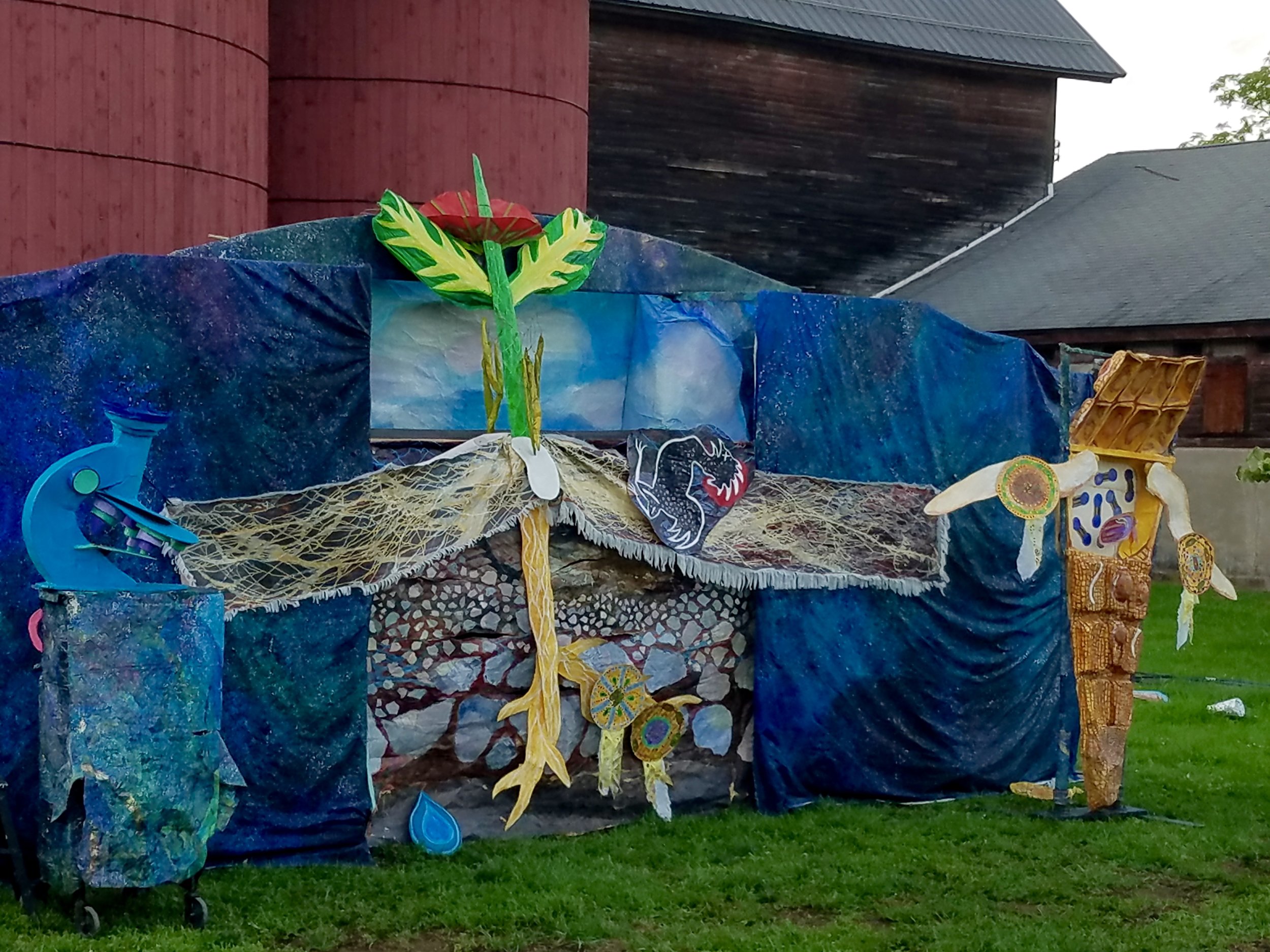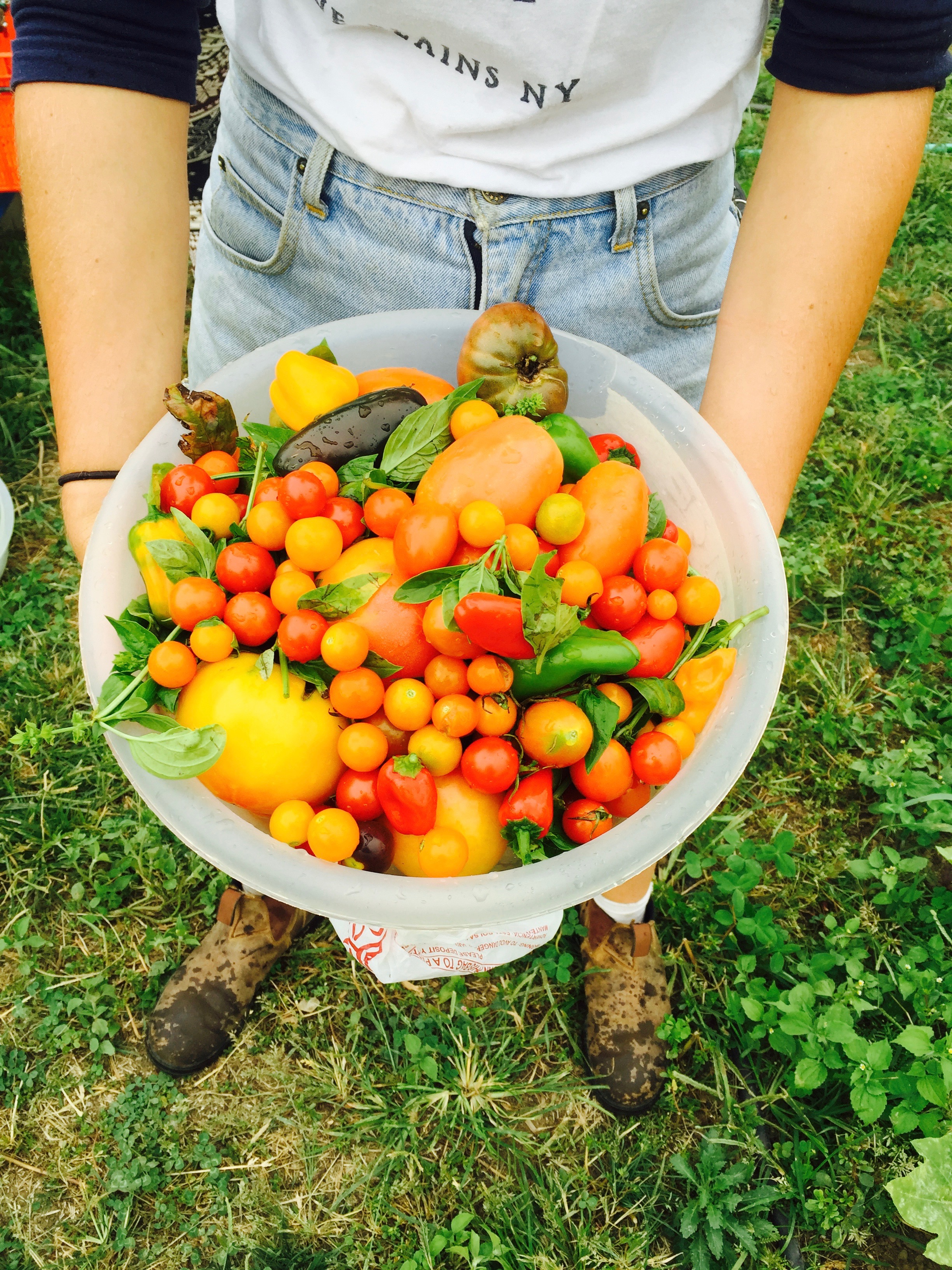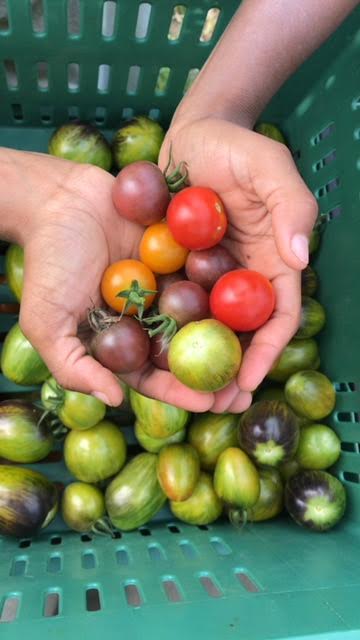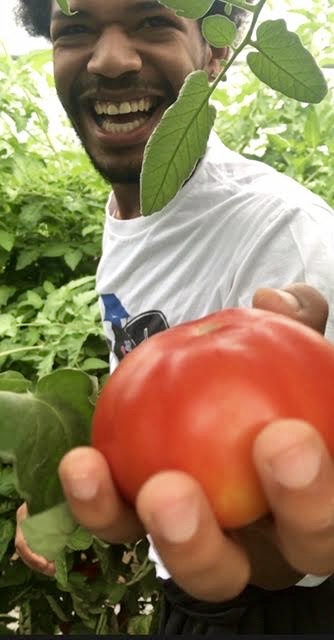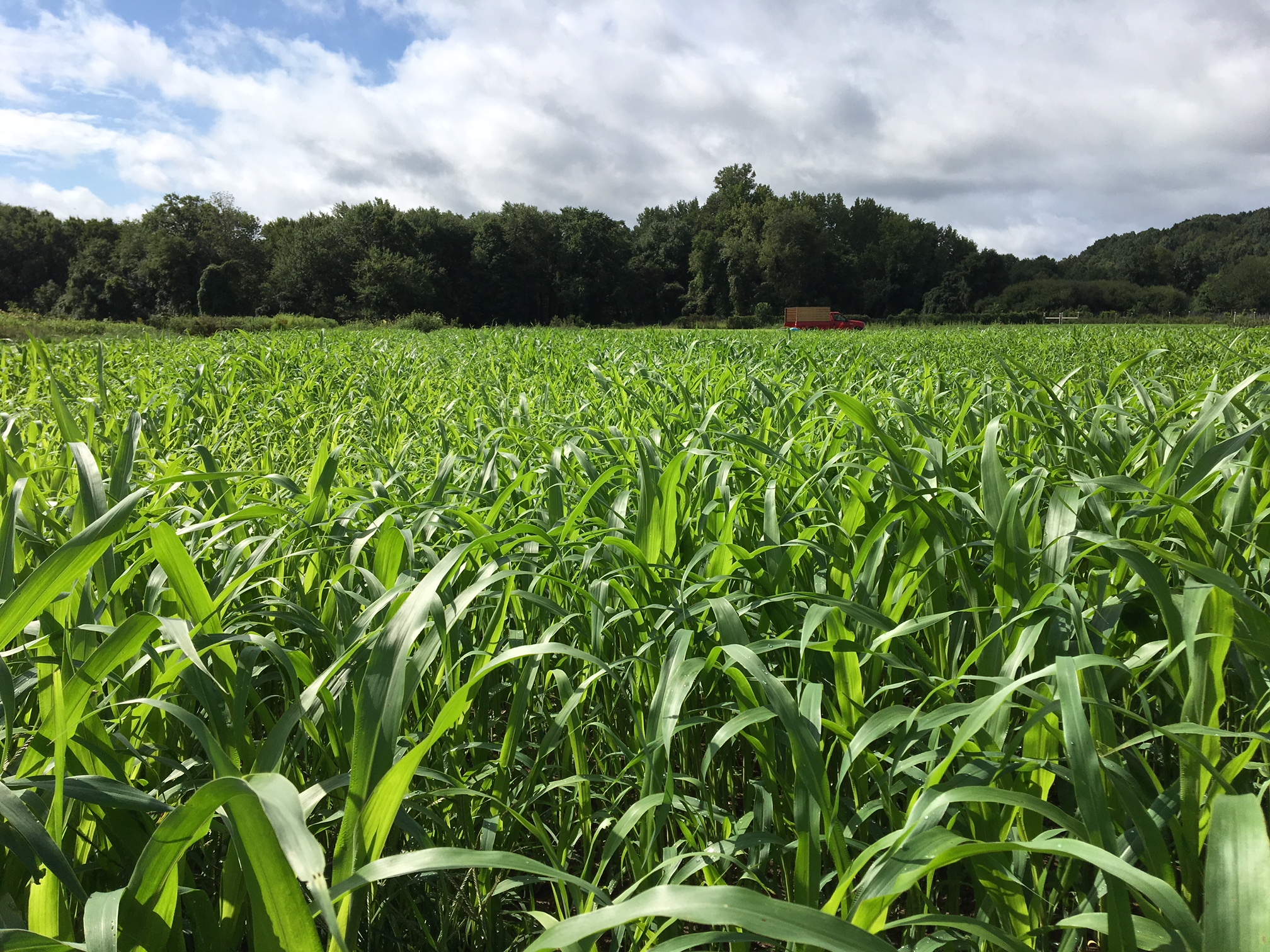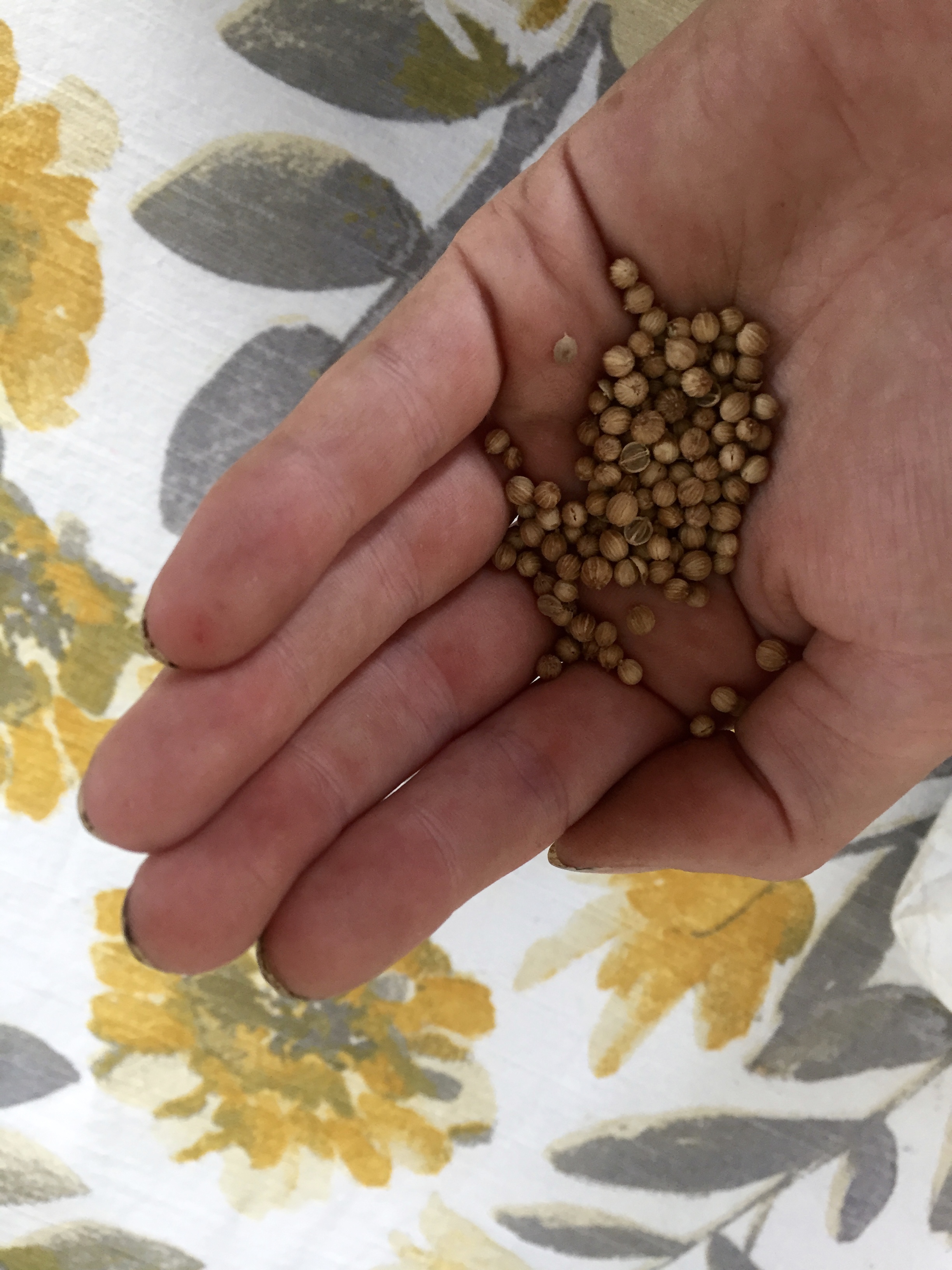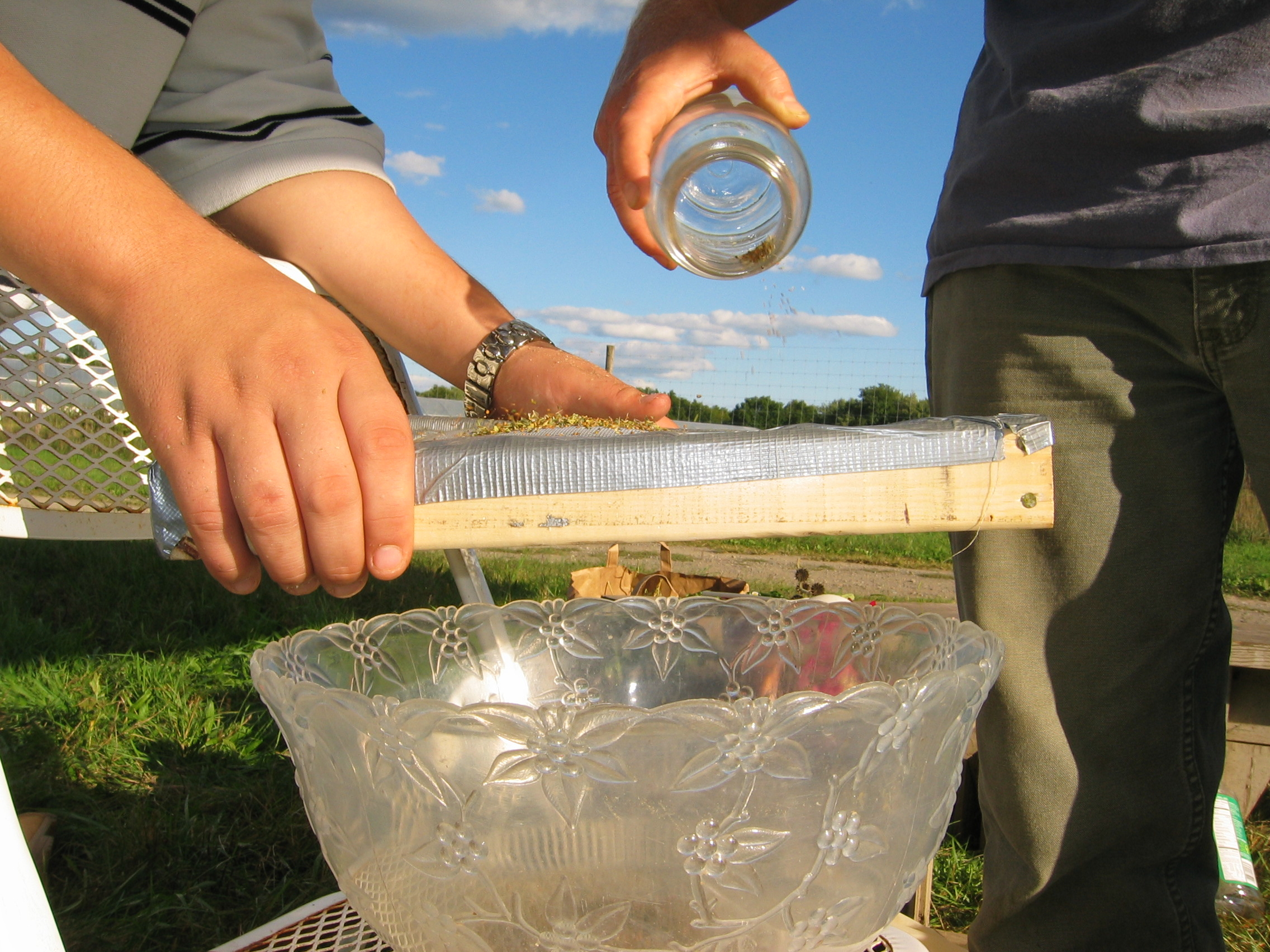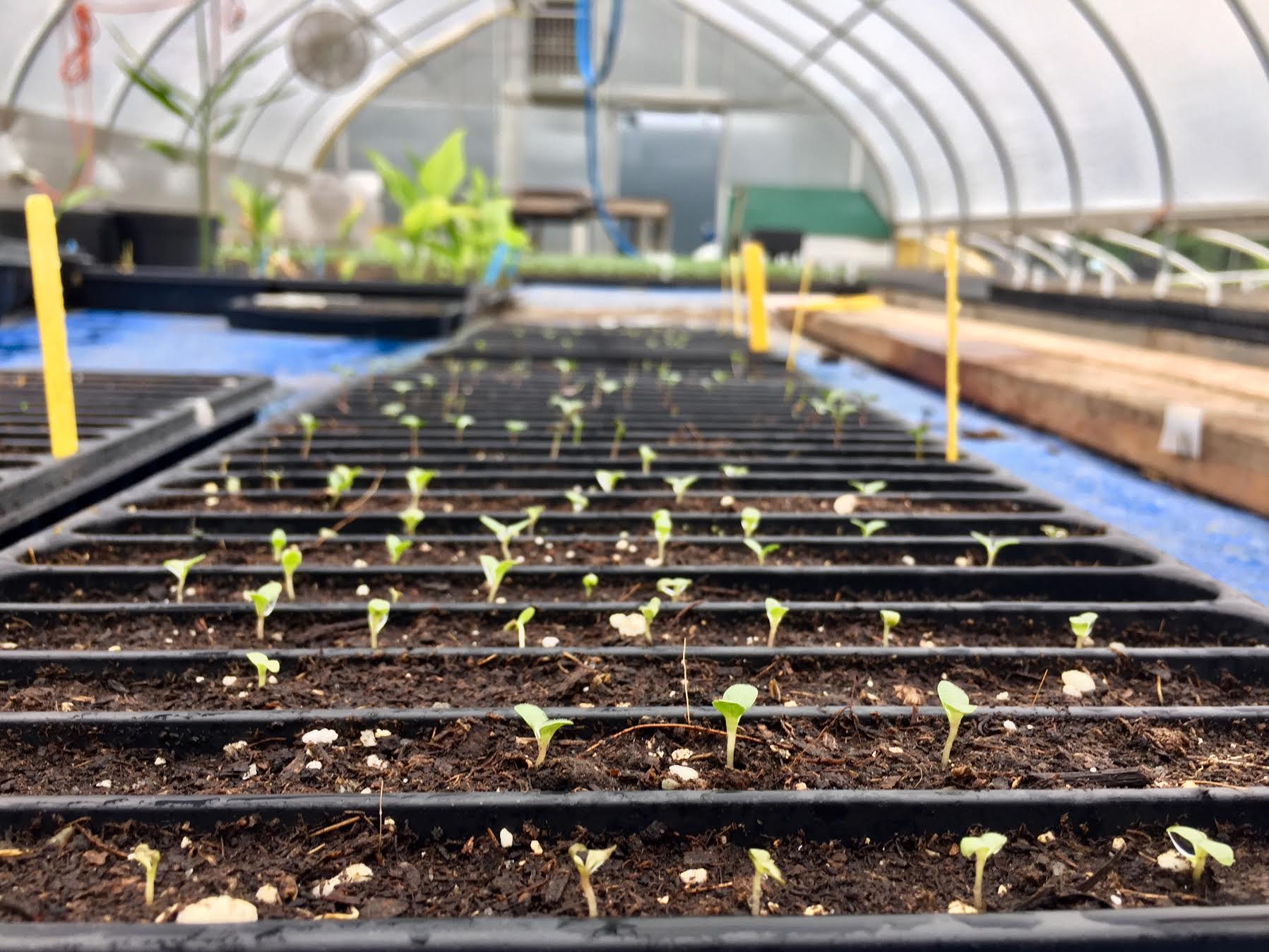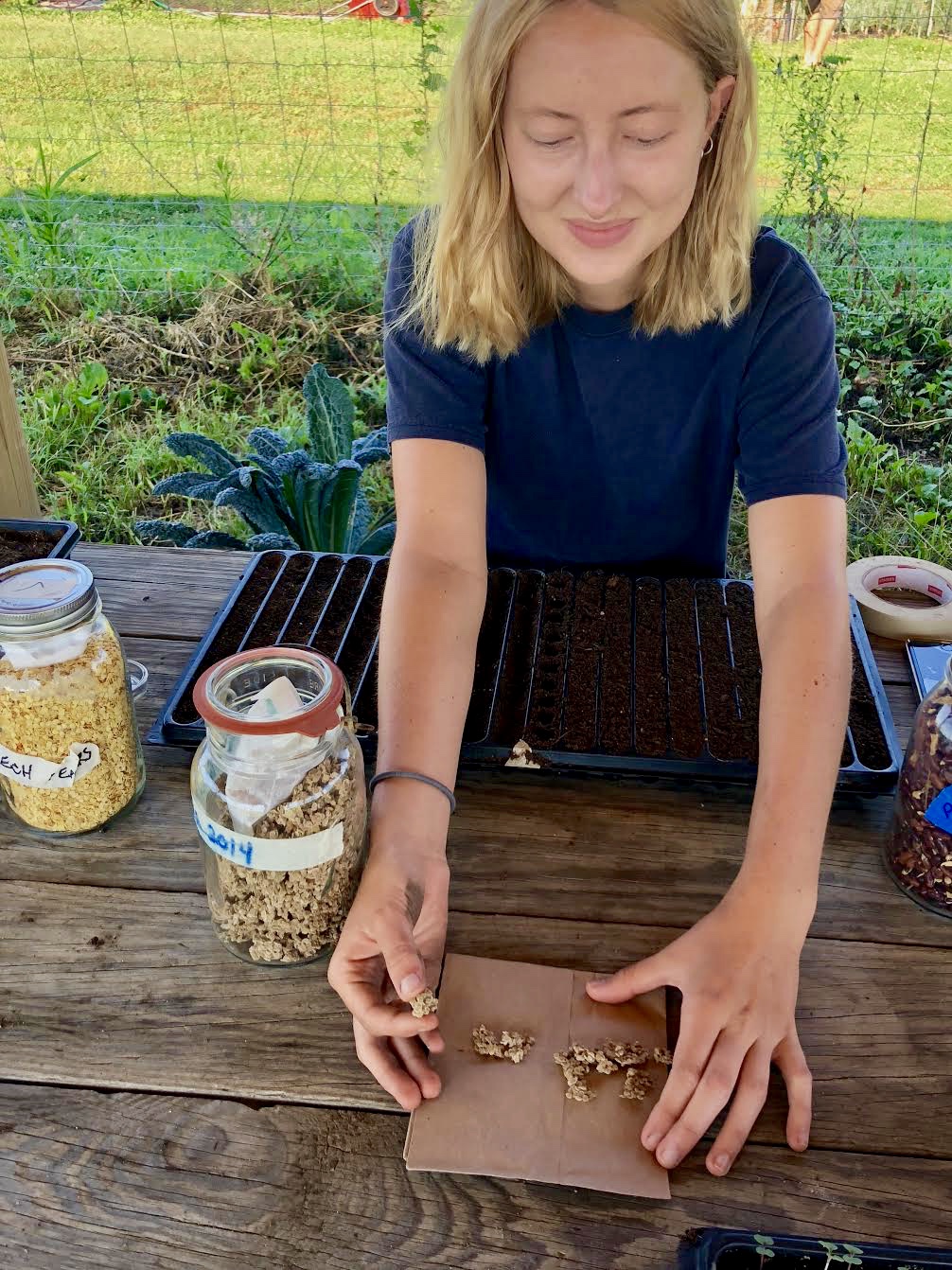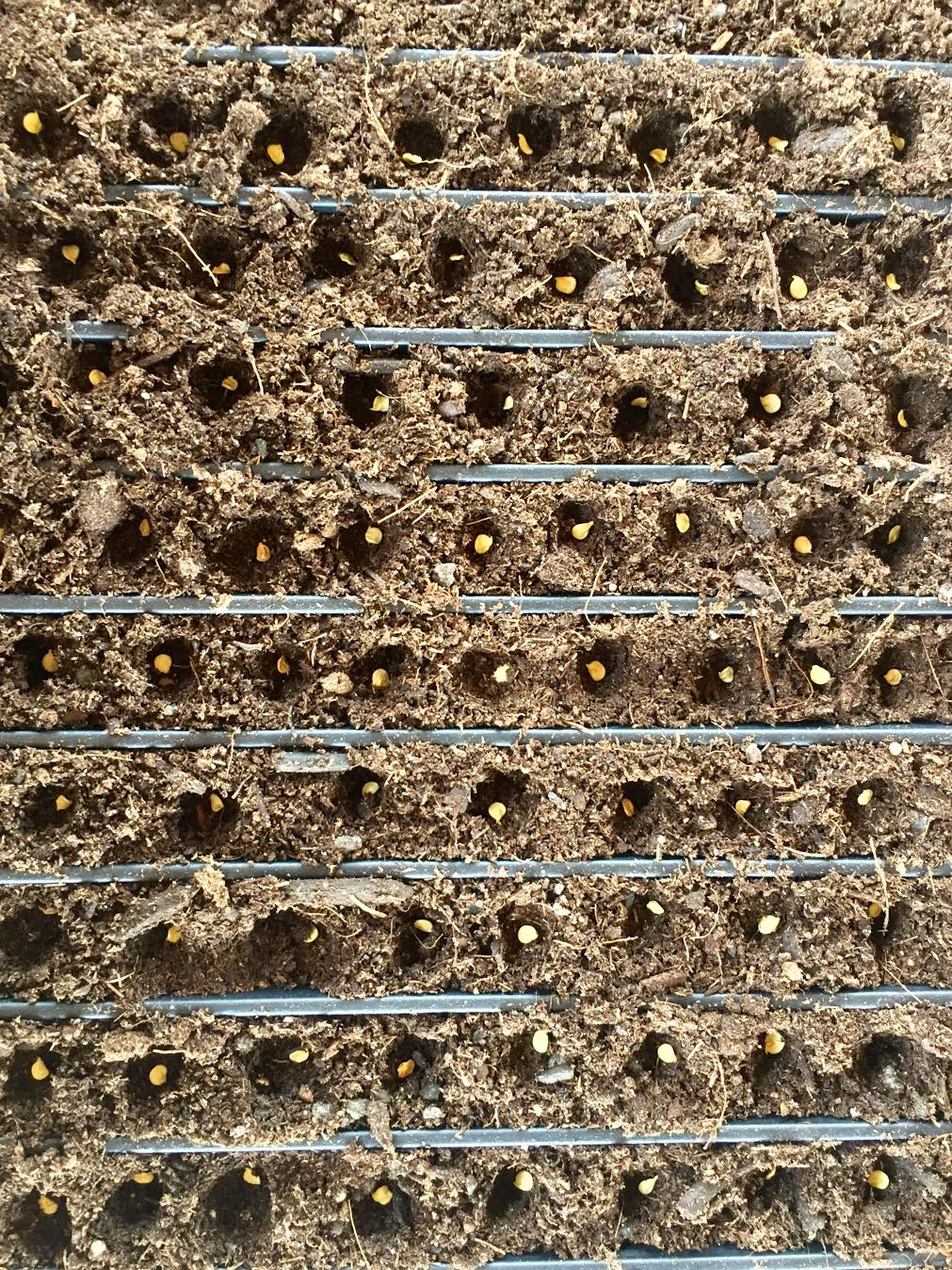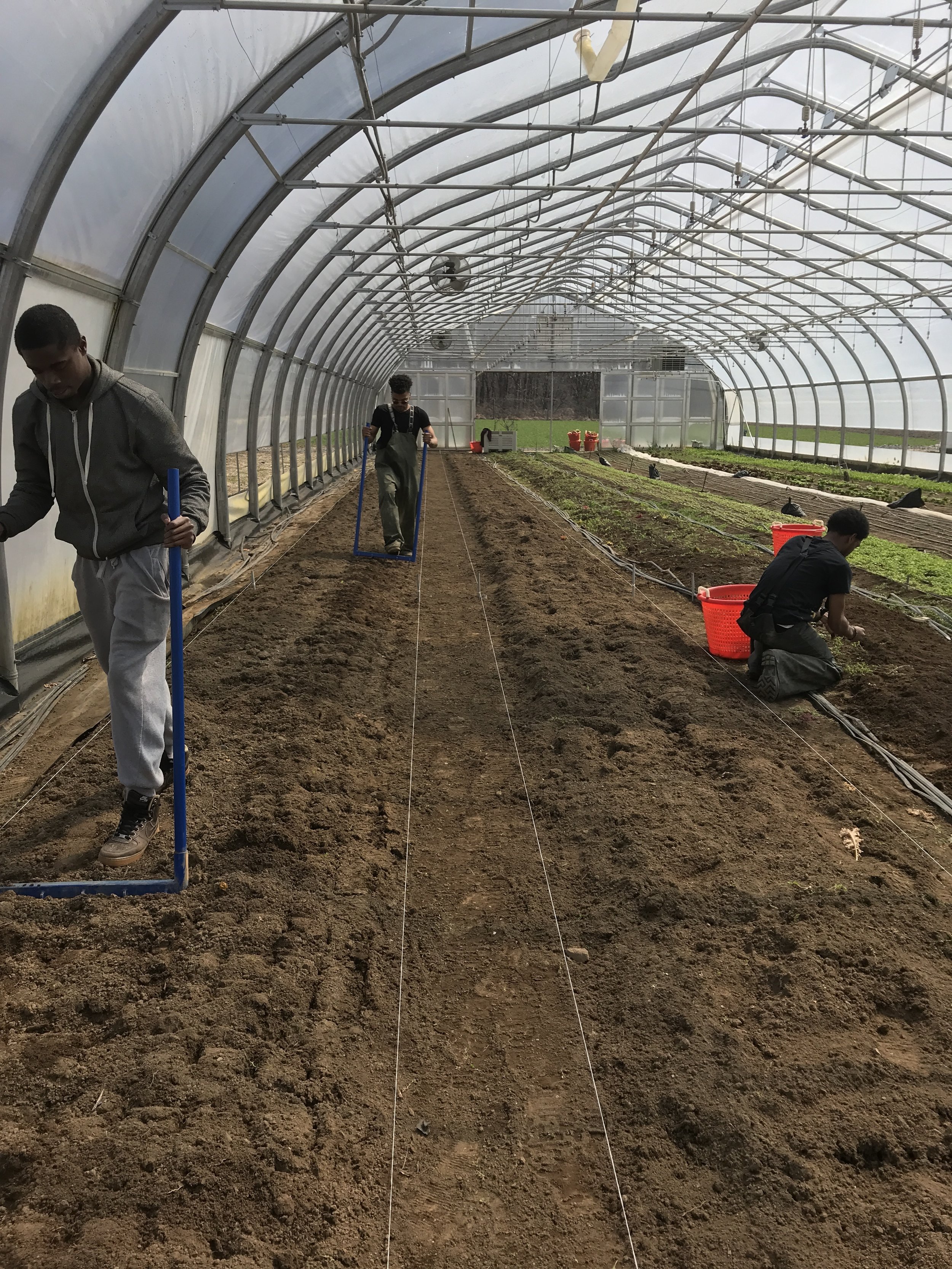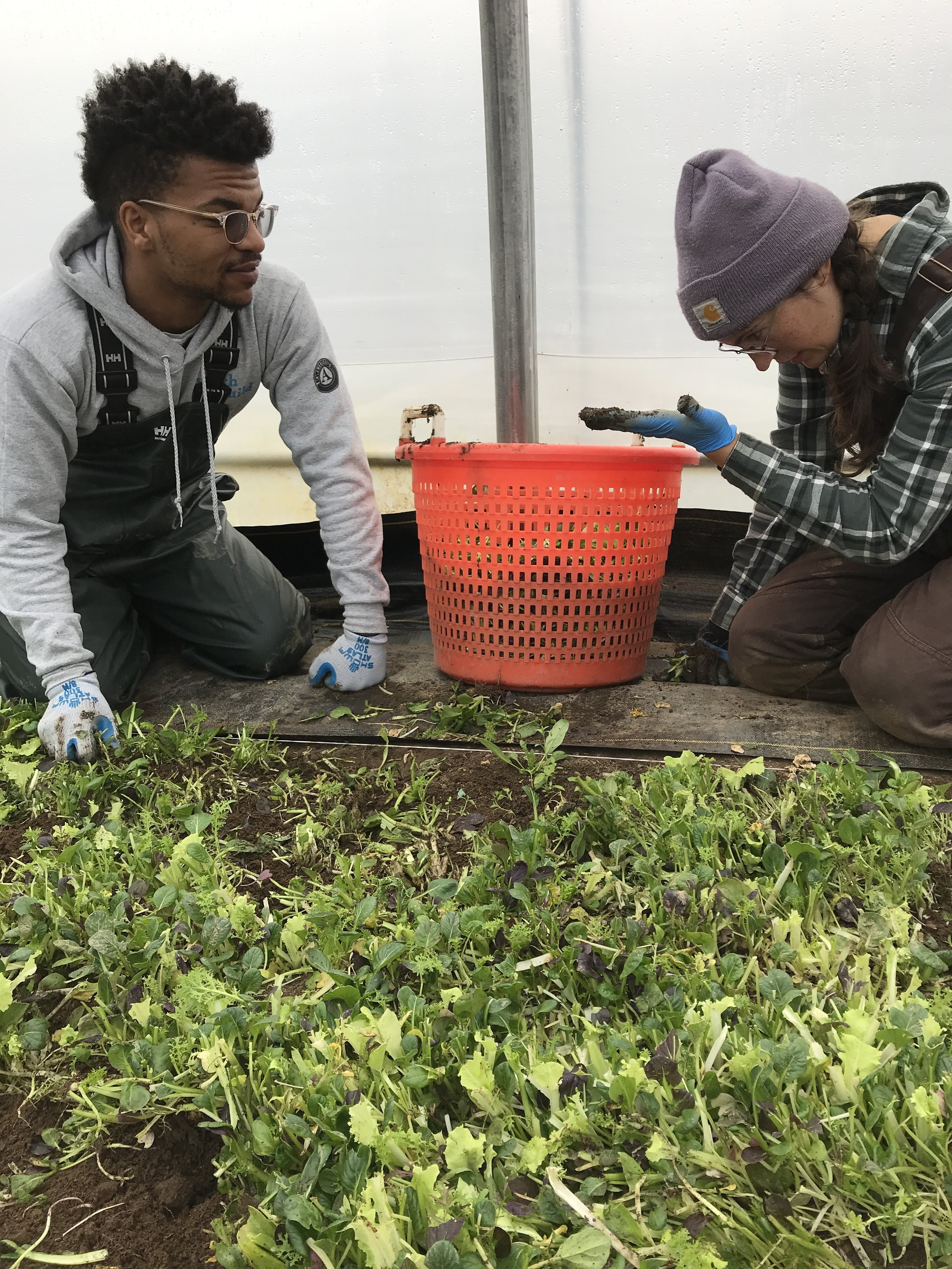This article was published in Pioneers: A Spotlight on Poughkeepsie’s Community Leaders, a magazine researched and written by Sage Kawelo, a Marist student placed at Hudson River Housing through the Tarver Summer Internship Program. At PFP, we are thrilled to republish the piece written about our beloved colleague, Larissa Alvarado. Ed. Note: While Larissa does volunteer heavily in the Poughkeepsie community, she is also a well-loved paid staff member of PFP. The full magazine can be found here.
“Each of the people spotlighted in this magazine dedicate their heart and soul to Poughkeepsie.
They devote their time to the community without expecting anything in return.
Let’s give them the credit they deserve.”
Larissa Alvarado: The Heart of Poughkeepsie
Community work would not be possible without the volunteers who put in the time. Larissa Alvarado is one of those many volunteers. She commits her time to Art Centro, the Poughkeepsie Farm Project, Family Services, the Art Effect, Mid-Hudson Heritage Center and local food pantries.
As a single mother of 3 children, it seems astonishing that Larissa was willing to give away any of her free time. But many of the places that she volunteered at also provided her with services that she and her children could benefit from. For example, at a point when food was scarce in her household, she volunteered with a local food pantry so that she was able to fill her fridge while helping others fill theirs. Larissa was born and raised in Poughkeepsie and she enjoys giving her time back to helping her community.
The Poughkeepsie Farm Project holds cooking workshops to teach people about what they can do with the plants that they grow. One afternoon, Larissa took her nephews and nieces to a workshop and was exposed to all of the wonderful work that they do. They had been given a recipe, ingredients, and means to make their meals. Larissa decided immediately that it was something that she wanted to be a part of.
Larissa is a gifted artist. Though she used to paint with watercolors, much of her work today are ceramic pieces. She donates a lot of her time at Art Centro, which is a ceramic art center. At Art Centro, people who volunteer for 4 hours a week are allowed to use the studio when they want. Now, whenever Larissa wants to volunteer with a new organization she allots 4 hours a week to the mission.
Larissa has displayed her art in the Pop-Up Shop in the Mid-Hudson Heritage Center. Her pieces were displayed for purchase regularly. The Shop would showcase art shows for individual artists and on the day that her art was headlined, the Shop overflowed with her family and friends. All of them coming out to support the woman who filled their fridges and worked alongside them. The Pop-Up Shop has taken a hiatus as of this summer. But Larissa continues to create her art.
Far above her title as a Community Volunteer, Larissa is a devoted Jehovah’s Witness. She is first and foremost a believer. What she loves about creating art is the ability of the artist to show people what they see. When Larissa looks at the world, she sees a gift that God created for us and she translates that love into her work. This isn’t limited to the art pieces that she creates. Larissa pours that love into all of the volunteer work that she does.
Larissa Alvarado: El corazón de Poughkeepsie
El trabajo comunitario no sería posible sin los voluntarios que han invertido su tiempo. Larissa Alvarado es una de esas personas dedicadas al trabajo de voluntariado. Ella dedica su tiempo a Art Centro, el Vassar Farm Project, Family Services, the Art Effect, Mid-Hudson Heritage Center y despensas de alimentos.
Como madre soltera de 3 hijos, parece sorprendente que Larissa estuviera dispuesta a regalar parte de su tiempo libre. Sin embargo, muchos de los lugares en los que ella se ofreció de voluntaria también le proporcionaron servicios de los cuales ella y sus hijos podrían beneficiarse. Por ejemplo, en un momento en que la comida escaseaba en su hogar, ella se ofreció a trabajar como voluntaria en una despensa local de alimentos para poder llenar su refrigerador mientras ayudaba a otros a llenar los suyos. Larissa nació y se crió en Poughkeepsie y le gusta ofrecer su tiempo para ayudar a su comunidad.
El Proyecto de la Granja Poughkeepsie organiza talleres de cocina para enseñarles a las personas lo que pueden hacer con las plantas que cultivan. Una tarde, Larissa llevó a sus sobrinos y sobrinas a un taller, y los expuso a todo el trabajo maravilloso que hacen. Les habían dado a todos una receta, ingredientes y materiales para preparar sus comidas. Larissa decidió de inmediato que esto era algo de lo que ella quería ser parte.
Larissa es una artista talentosa. Aunque solía pintar con acuarelas, gran parte de su trabajo hoy en día se centra en la cerámica. Ella dona mucho de su tiempo al Art Centro, un centro de arte de cerámicas. En Art Centro, las personas que trabajan como voluntarios durante 4 horas a la semana pueden usar el estudio cuando lo deseen. Larissa ahora usa esa medida para cada organización con la que se ofrece como voluntaria.
Larissa ha expuesto sus obras de arte en el Pop-Up Shop del Mid-Hudson Heritage Center. Sus piezas se exponían para la venta regularmente. La tienda exhibía muestras de arte para artistas individuales y, el día en que sus obras se exhibieron, la tienda se desbordó con su familiares y amigos. Todos vinieron para apoyar a la mujer que llenaba sus refrigeradores y que trabajaba junto a ellos. Desafortunadamente, la tienda cerró recientemente. Pero Larissa continúa creando su arte.
Más allá de su título como Voluntaria de la Comunidad, Larissa es una Testigo de Jehová devota. Antes que nada, es una creyente. Lo que le encanta de crear arte es la capacidad del artista para mostrarle a la gente lo que ve. Cuando Larissa mira el mundo, ve un regalo que Dios creó para nosotros y ella traduce ese amor a través de su trabajo. Esto no se limita a las piezas de arte que ella crea. Larissa vierte ese amor en todo el trabajo voluntario que ella desempeña.





